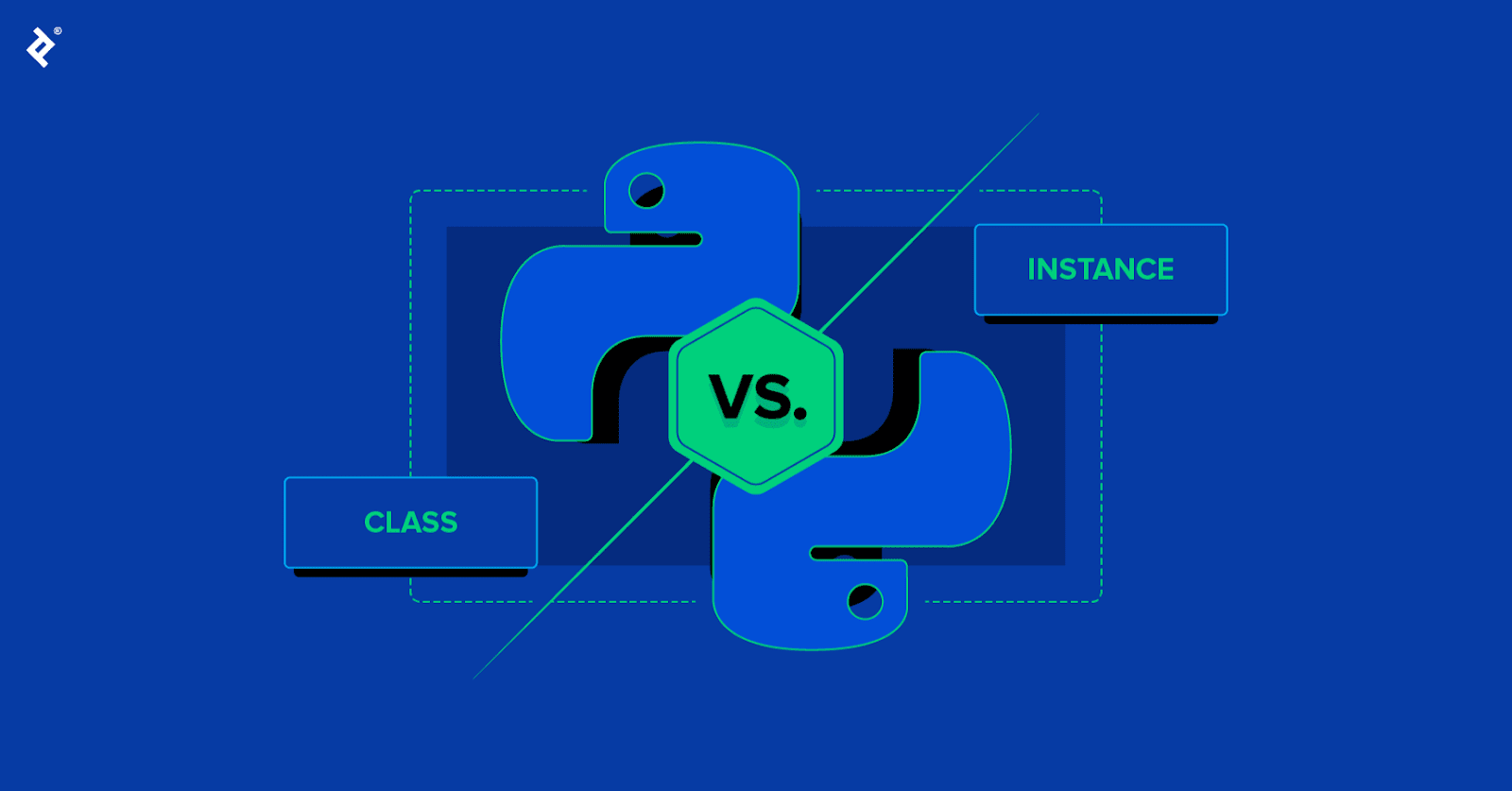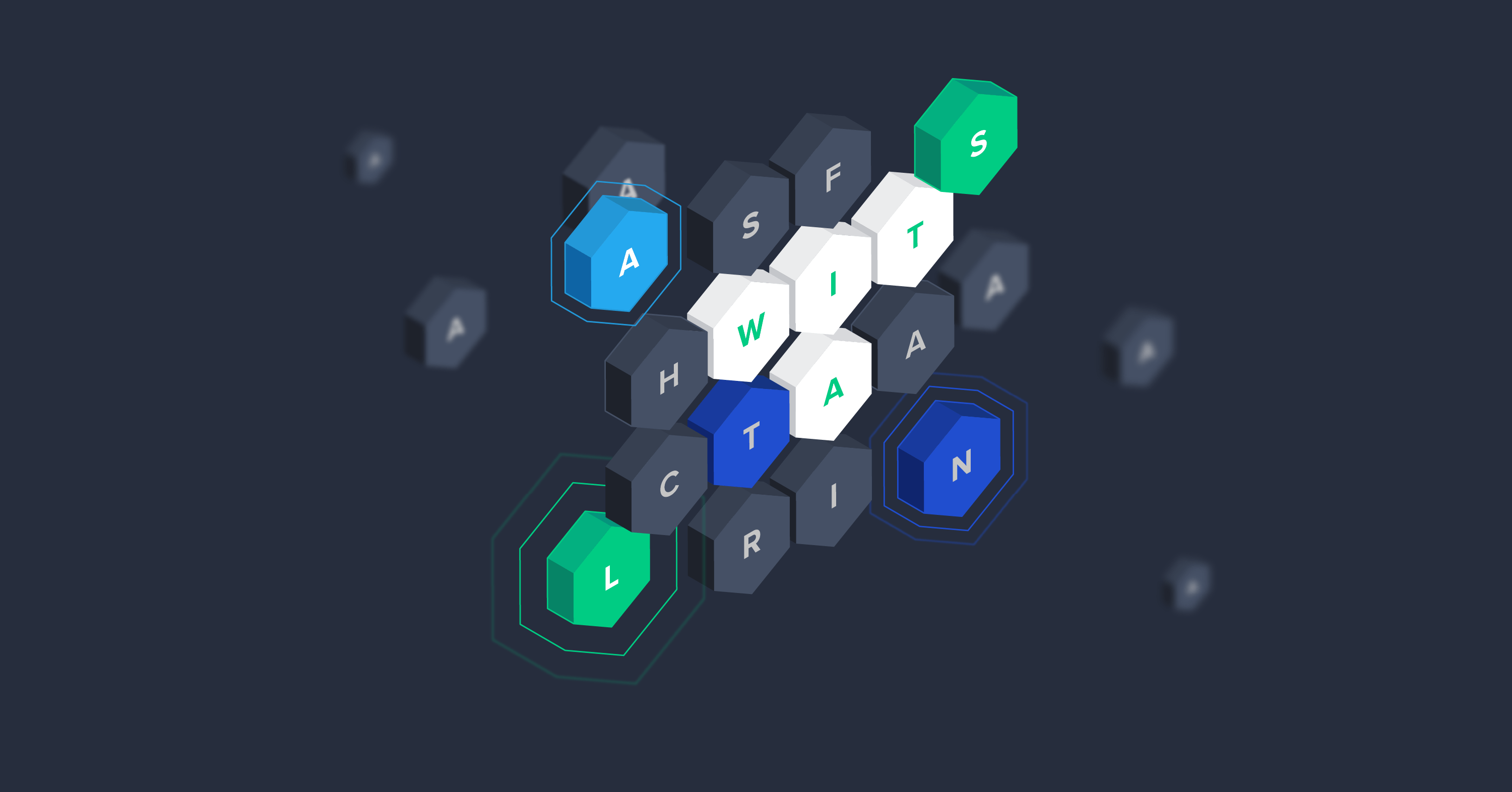A Deep Learning Tutorial: From Perceptrons to Deep Networks
The recent resurgence in Artificial Intelligence has been powered in no small part by a new trend in machine learning, known as “Deep Learning”. In this article, I’ll introduce you to the key concepts and algorithms behind Deep Learning, beginning with the simplest building block.

Ivan Vasilev
Python Class Attributes: An Overly Thorough Guide
In a recent phone screen, I decided to use a class attribute in my implementation of a certain Python API. My interviewer challenged me, questioning whether my code was syntactically valid, when it was executed, etc. In fact, I wasn’t sure of the answers myself. So I did some digging.
Python class attributes: when (or how) to use them. In this guide, I walk you through common pitfalls and conclude with a list of valid use cases that could save you time, energy, and lines of code.

Charles Marsh
Hunting Java Memory Leaks
Inexperienced programmers often think that Java’s automatic garbage collection frees them from the burden of memory management. This is a common misperception: while the garbage collector does its best, it’s entirely possible for even the best programmer to fall prey to crippling memory leaks.
In this post, I’ll explain how and why memory leaks occur in Java and outline an approach for detecting such leaks with the help of a visual interface.

Jose Ferreirade Souza Filho
The Trie Data Structure: A Neglected Gem
From the very first days in our lives as programmers, we’ve all dealt with data structures: Arrays, linked lists, trees, sets, stacks and queues are our everyday companions, and the experienced programmer knows when and why to use them.
In this article we’ll see how an oft-neglected data structure, the trie, really shines in application domains with specific features, like word games.

Anna-Chiara Bellini
Scaling Play! to Thousands of Concurrent Requests
Web Developers often fail to consider the consequences of thousands of users accessing our applications at the same time. Perhaps it’s because we love to rapidly prototype; perhaps it’s because testing such scenarios is simply hard.
Regardless, I’m going to argue that ignoring scalability is not as bad as it sounds—if you use the proper set of tools and follow good development practices. In this case: the Play! framework and the Scala language.

Paulo "JCranky" Siqueira
CloudI: Bringing Erlang's Fault-Tolerance to Polyglot Development
Clouds must be efficient to provide useful fault-tolerance and scalability, but they also must be easy to use.
CloudI (pronounced “cloud-e” /klaʊdi/) is an open source cloud computing platform that is most closely related to the Platform as a Service (PaaS) clouds. CloudI differs in a few key ways, most importantly: software developers are not forced to use specific frameworks, slow hardware virtualization, or a particular operating system. By allowing cloud deployment to occur without virtualization, CloudI leaves development process and runtime performance unimpeded, while quality of service can be controlled with clear accountability.

Michael Truog
World-class articles, delivered weekly.
Toptal Developers
- Algorithm Developers
- Angular Developers
- AWS Developers
- Azure Developers
- Big Data Architects
- Blockchain Developers
- Business Intelligence Developers
- C Developers
- Computer Vision Developers
- Django Developers
- Docker Developers
- Elixir Developers
- Go Engineers
- GraphQL Developers
- Jenkins Developers
- Kotlin Developers
- Kubernetes Experts
- Machine Learning Engineers
- Magento Developers
- .NET Developers
- R Developers
- React Native Developers
- Ruby on Rails Developers
- Salesforce Developers
- SQL Developers
- Sys Admins
- Tableau Developers
- Unreal Engine Developers
- Xamarin Developers
- View More Freelance Developers
Join the Toptal® community.





